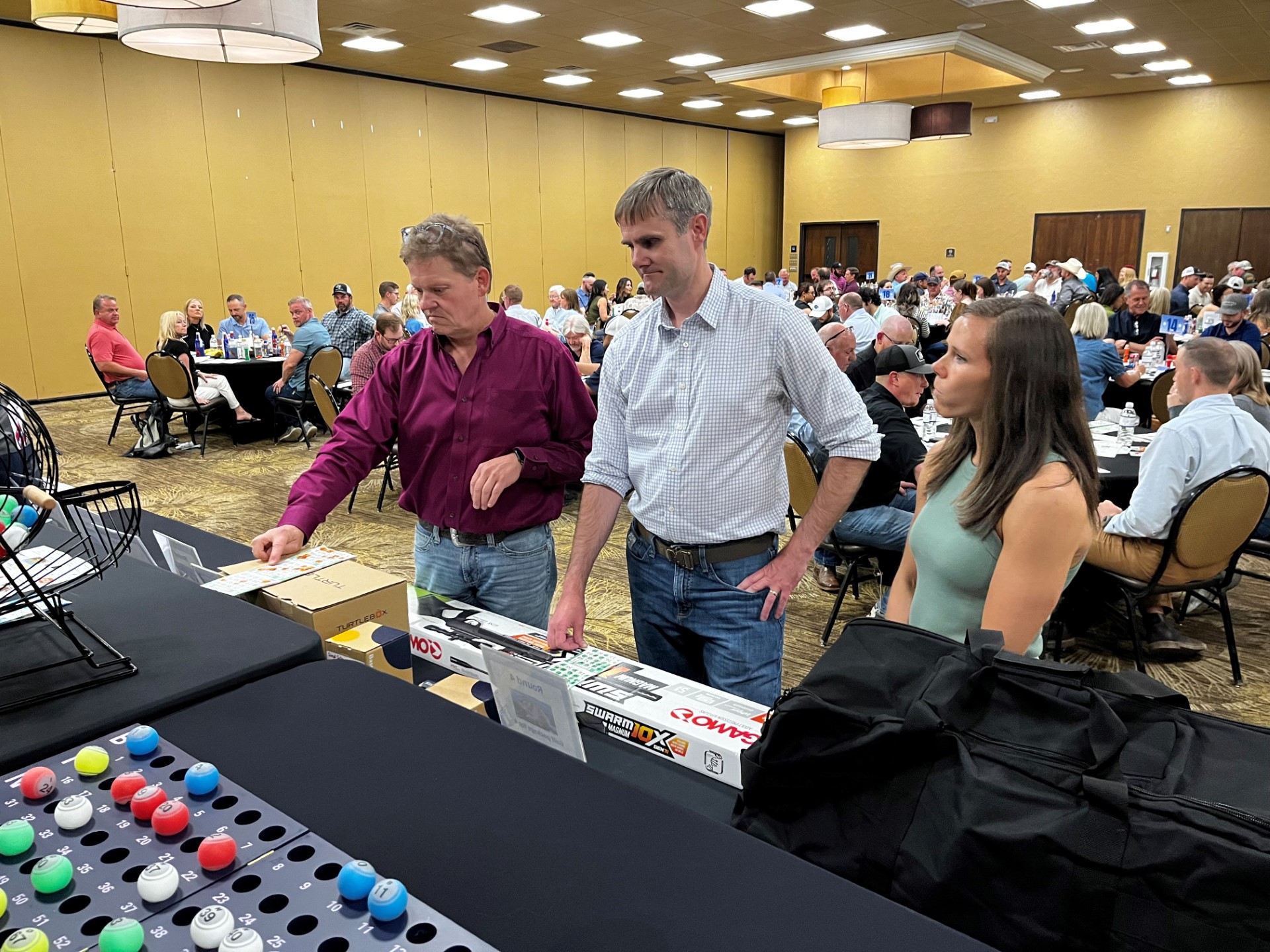Pesticides Around Waterways by Mario Villarino

[adning id=”33097″]

Recent rain in Hopkins County has created large portions of stagnant water that creates a challenge to landowners when trying to maintain them. National Pesticide Information Center stated: When you look at a glass of water, you are looking at a world traveler. Water evaporates off the earth and circles the globe as clouds and vapor. It is deposited as rain and snow. Rain and snow melt then flow down streams and rivers into estuaries and the oceans. Pesticides have the potential to enter this hydrologic cycle at any point, and they can be transported long distances. The physical and chemical properties of a pesticide and the environmental conditions combine to determine if pesticides are going to persist in water and move to other locations. When using pesticides around waterways, keep these tips in mind: Always read and follow the label directions: some pesticides are specially formulated for use in and around waterways. Pesticide use directions may vary between marine and fresh water environments. Buffer zones may be required. Permits or licenses may be required for any chemical application to water. Avoid small droplet sizes when spraying. They are more likely to drift or volatilize. Always clean pesticide application equipment in a location where rinse water cannot enter storm drains or waterways. Consider an IPM approach that is designed to have less impact on the environment. Consider the weather conditions during the pesticide application and up to 48 hours afterward. Rain can wash the pesticide off the application site into drains or waterways. Fog and humidity can prolong drying times and increase potential for runoff. High temperatures can increase the likelihood of volatilization of the pesticide, which can then be moved through the air and deposited off-site. Excessive wind can lead to the pesticide drifting off site. Floods and other natural disasters can move pesticides into waterways. For more information on this or any other agricultural topic please contact the Hopkins County Extension Office at 903-885-3443.
[adning id=”33207″]
[adning id=”33207″]
[adning id=”33207″]













